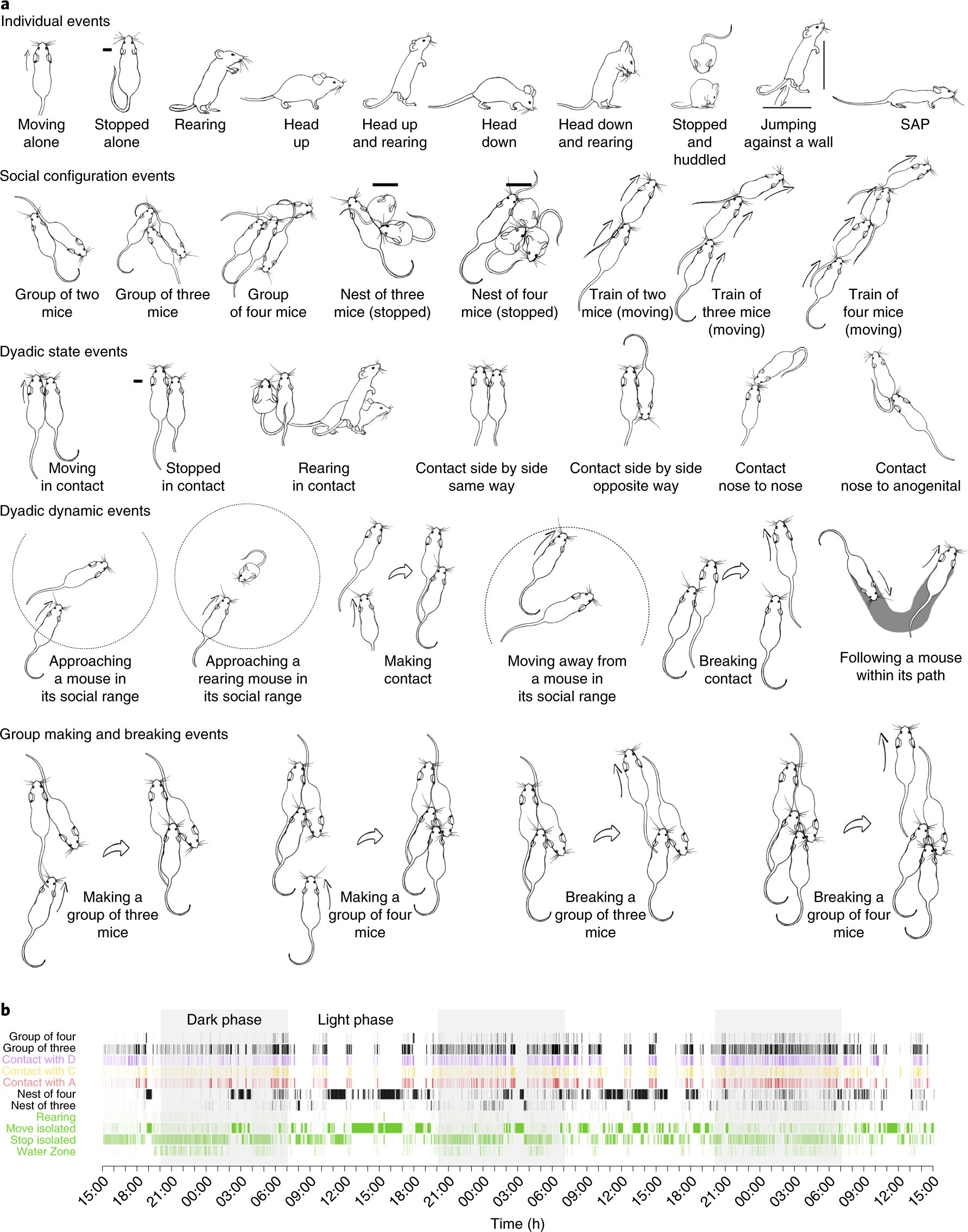Validation of Novel Treatments for Neurodevelopmental Disorders Through Next Generation Mouse Phenotyping in the Live Mouse Tracker (LMT)
Developing therapies for rare neurodevelopmental diseases remains a major challenge in molecular medicine. While next-generation sequencing has uncovered hundreds of new genetic syndromes in recent years, progress in individualized treatments has lagged behind. Rare disorders, though individually uncommon, collectively affect over 300 million people worldwide. Current drug interventions often fail to translate promising preclinical results into effective patient treatments.
However, the rise of AI offers new possibilities. AI-driven algorithms can rapidly analyze large biomedical datasets, identifying drug candidates for rare diseases at an unprecedented pace. Start-ups are already leveraging this technology, generating numerous candidates for preclinical testing. Yet, this shift has created a bottleneck, moving the challenge from drug discovery to testing. Traditional methods, like murine test batteries, are slow, expensive, and labor-intensive, highlighting the need for a scalable, efficient solution.
Our solution: We have further developed and validated the Live Mouse Tracker (LMT) platform to meet this demand. The LMT system automates behavioral analysis, with extracts capturing up to 40 traits from individual and group mouse behavior to provide detailed phenotypic profiles. This high-throughput approach enables rapid assessment of drug efficacy. Our initial platform validation focuses on fragile X syndrome, a well-studied neurodevelopmental disorder with no current treatment. By targeting multiple pathways simultaneously, we aim to set a new standard in rare disease therapy development.
Our platform offers broad applications across sectors:
In the pharmaceutical industry, companies can use LMT to quickly evaluate the efficacy of lead compounds before committing to costly clinical trials, shortening development timelines and reducing costs.
For AI-driven companies managing large volumes of drug candidates, our state of the art in vivo facilities and LMT’s scalability and comprehensive data output, allow for more accurate, faster optimization of predictive models, streamlining the path to effective treatments.

For additional background information on the original LMT system: https://livemousetracker.org/
Citation: de Chaumont F, Ey E, Torquet N, Lagache T, Dallongeville S, Imbert A, et al. Real-time analysis of the behaviour of groups of mice via a depth-sensing camera and machine learning. Nat Biomed Eng. 2019 Nov;3(11):930–942.